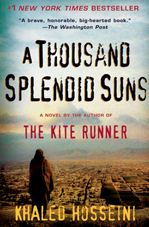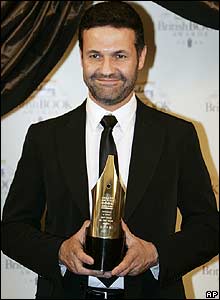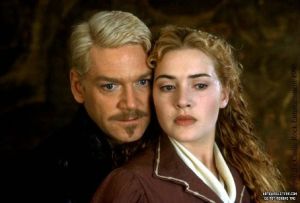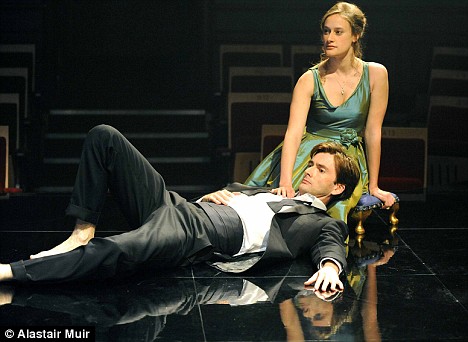How many are there?!
Every author has their own style of writing. This style can seriously affect a novel’s overall tone depending on how successful or unsuccessful the author’s style is towards the target audience. One factor which contributes to an author’s style of writing would be the point of view of the novel. There are standard points of views which we are all subjected to memorizing in high school and sometimes earlier grades, yet there are different variations of these traditions views which can emerge in more complex pieces of text.
The three most common point of views (that we study in school) include:
c)Third Person (limited, subjective multiple view points, or omniscient)

Point of View can change everything……
Connection Time!
If you’ve been following my blog you should know that I’m currently reading A Thousand Splendid Suns by Khaled Hosseini. If anyone has previously read this novel, you will have surely noticed that the novel is in the third person with subjective multiple view points. Big words, I know. This basically means that the author changes the point of view (between characters in this case) in some repetitive or formal pattern through out the novel. This can be a risking move on the author’s side depending on how well he/she is able to integrate the switch into the novel while creating a sense of suspense but not completely interfering with the plot of the novel it’s self. I personally believe that Khaled Hosseini does an excellent job with this point of view in this novel. The switch between the perspectives isn’t distracting to the actual story, and it is spread throughout the novel in an even way which does not make it confusing for the reader at all. Hosseini changes the point of view between two main characters Mariam and Laila when ever one part of the novel ends (ex: part 1, part 2, part 3). Additional to the fact that these changes does not negatively affect the plot, it still manages to create a sense of suspense and tension within the novel that keeps the reader wanting to continue reading to find out how and if the two will end up running into each other. Since the two point of views are telling the story at the same time, there are times where the reader wants to see what the thoughts of the other character are, but are limited to the thoughts and actions of only one.
The two points of views in this novel are shared between the characters Mariam and Laila. Part 1 of the novel is from Mariam’s point of view, part 2 from Laila’s, and part 3 goes back and forth between the two. There are times in the novel when the two characters cross each other yet the novel does not change perspectives.
For example:
a) (Part 2, page 100) Laila’s father, Babi, is taking her to school when she notices Rasheed’s, Mariam’s husband’s, blue Benz, and even refers to Mariam as “his reclusive wife”.
b) (Part 2, page 125) During Ahmad and Noor’s funeral, Laila notices Mariam. “Rasheed’s wife, Mariam, came in. She was wearing a black hijab. Strands of her hair strayed from it onto her brow. She took a seat along the wall across from Laila”.
Although we can not read the thoughts that Mariam is having during these events and points in the story, this all adds to the suspension in the novel of wanting to know how the two are connected and when the perspective is going to switch again.
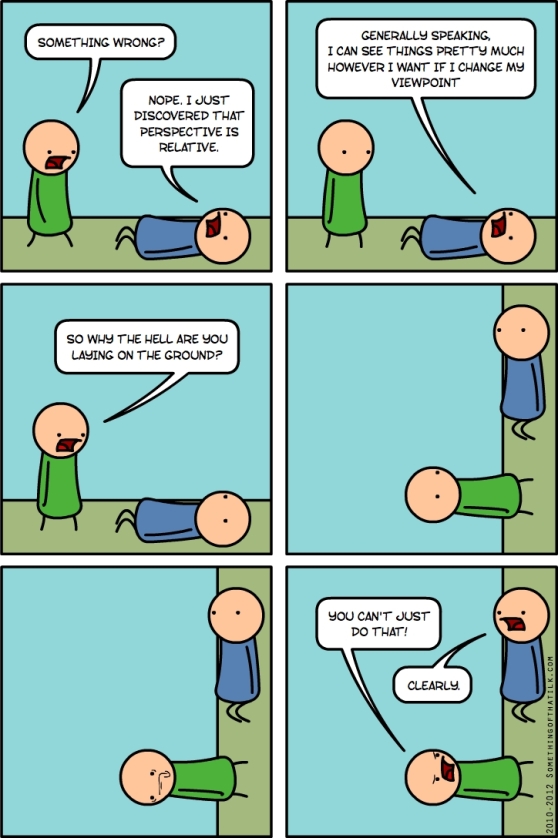
I found this quite hilarious and relative.
As Promised…
Here are the rest of the translations up until chapter 22:
| Chup Ko | Shut up |
89 |
| Hamwatans | Expression: Brothers |
92 |
| Sofrah | table cloth except put on the floor to eat on |
93 |
| Ghazals | a form of Hindu poetry that fits well with classical music |
99 |
| Inqilabi | Revolutionary |
101 |
| Moalim | teacher |
102 |
| Sahib | boss |
102 |
| Awal | first |
103 |
| Numra | number |
103 |
| Badmash | naughty |
105 |
| Aroos | Bride |
115 |
| Shokr e Khoda | Expression: Praying to God for your good fortune |
115 |
| Shorwa | Type of food |
116 |
| Mozahem | Expression: I don’t want to be intruding/imposing/getting in the way |
116 |
| Panjpar | Type of card game in the middle east. Panj means 5. |
117 |
| Giryanok | Cry baby |
118 |
| Aush | Type of food |
120 |
| Pakol | Type of wool hat for men |
123 |
| Fatiha | Type of wake |
124 |
| Shaheed | dead |
128 |
| Pajalusta | Means ‘you are welcome’ in Russian. Tariq was probably saying this sarcastically to the soviet’s driving by. |
131 |
| Badar | Brother |
132 |
| Kaka Jan | Respectful way of addressing someone (male) who is older than you but very close to you and your family, almost like an uncle. |
135 |
